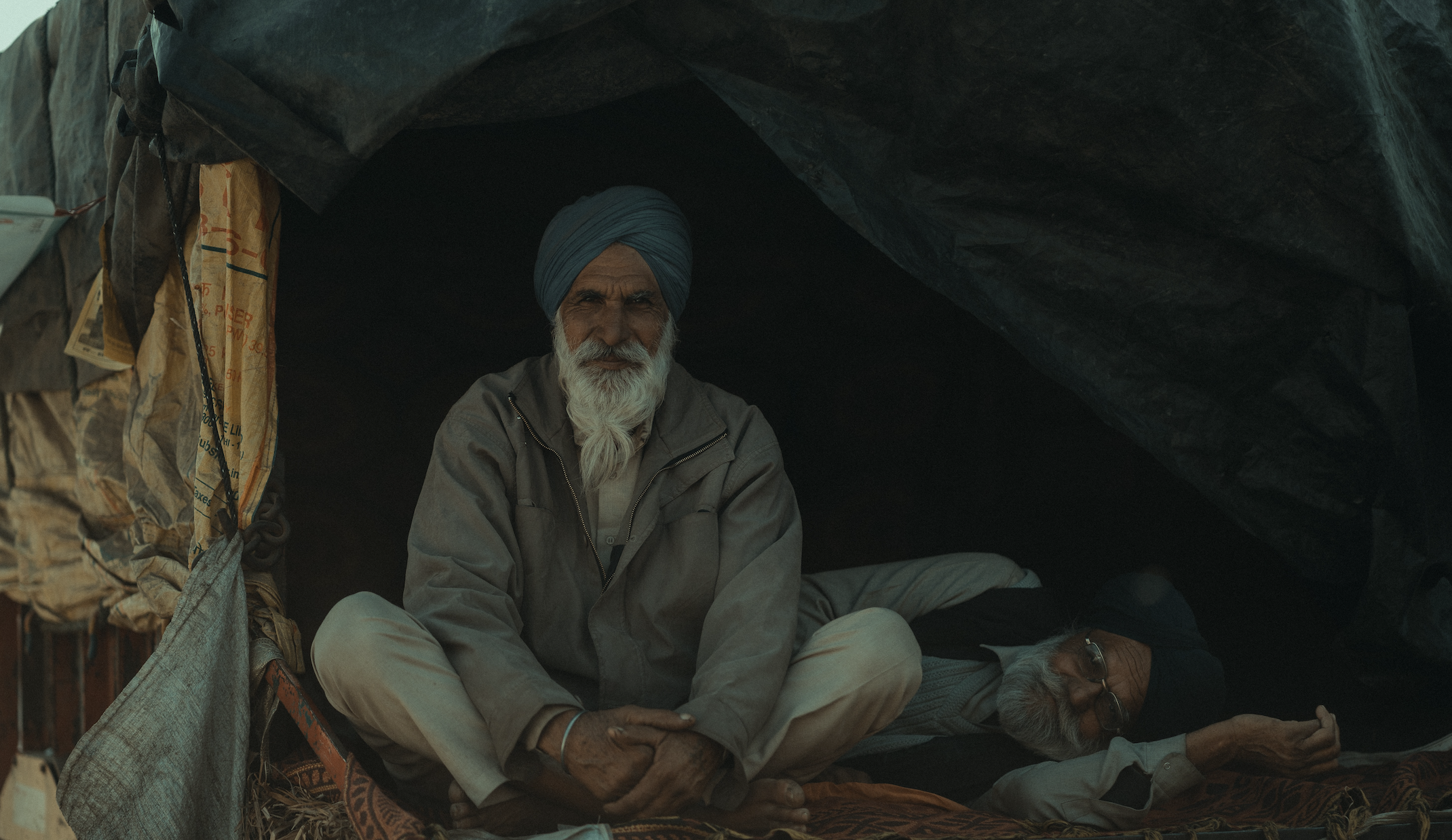This article is a part of the HPR Asian Americans and Pacific Islanders Heritage Month Collection and represents the independent perspective of the author.
Every day between August 2020 and December 2021, I opened up my Instagram application to find images of my Sikh and Punjabi elders being run over by tractors and their ribs caving into the blunt points of police batons. I saw young women, who look like me, arrested and assaulted for daring to raise their voices against oppressive structures. I saw delicate bodies dragged by the beautiful strands of their uncut gray hair and sleeping on brutally cold pavements, kept warm by nothing but one other’s company and their thin “chunnies” or scarves. These images document the sacrifice and resilience of one of many untelevised revolutions that my people have led.
Throughout 2020 in India, farmers led the largest protest in human history — 250 million people strong. While these protests were not a referendum on religion, they were largely organized by Sikh-Punjabi farmers. The reason for this is two-fold: first, Punjab has historically served as India’s proverbial breadbasket. Second, the Sikh tradition is deeply intertwined with agricultural practices. These protests about human rights and worker’s rights are fueled by the pride in Punjab’s five rivers, farmers, and soul. In September 2020, three ordinances were passed seeking to privatize Indian agriculture, essentially pushing the small and marginal farmers — who have cultivated the land for centuries — into unemployment. These ordinances opened the door for corporate players to strongarm smaller family farms, which comprise 70% of all Indian farmers, and ultimately get rid of the Minimum Support Price, which is similar to a minimum wage for agricultural laborers. This action, which permitted private actors to pay whatever compensation they chose no matter how little, only exacerbated farmer debt. Even before the protests, farmers were on the brink of collapse, demonstrated by the 12-fold increase in Punjabi farmer suicides between 2015 to 2020.
During the protests, farmers demanded: “Why are you biting the hand that feeds you?” As protestors and their allies created schools, food pantries, and menstrual product stations at every leg of their march to New Delhi, the Sikh/Punjabi diaspora organized all around the globe, and people from every walk of life joined in the struggle, I rest assured knowing that the oppressors never went unchallenged.
In fact, after about a year and 4 months, the farmers celebrated a major victory — Indian Prime Minister Narendra Modi announced the repeal of the controversial farm laws, marking the protests’ official end date. However, the struggle continues as farmers, especially those in Punjab, demand more expansive government support of agricultural laborers through financial safety nets and healthcare for farmers experiencing adverse health effects from the dangers of their occupation. For instance, mental health resources are necessary to rectify and mitigate the soaring suicide rates among Punjabi farmers, as aforementioned.
Experiencing the protests as a diasporic Punjabi-Sikh is beautiful yet disorienting. The cognitive dissonance can sometimes feel unnerving when realizing that someone with our exact same identity, yet living in a different country, can result in lives that are figuratively and literally worlds apart. However, the thread that blends the Punjabi and Sikh diasporas is that of cultivation. While the Punjabi experience in South Asia entails cultivating roots of culture and faith for generations to come, Punjabi-American cultivation manifests differently. Being Sikh in America means having to explain that Sikh is a religion, not an illness and that Punjab is a state located at India’s northern tip. With each explanation of my faith and ethnicity, a seed of understanding is planted. It is for this reason that I never mind the burden of explaining my identity. In fact, I appreciate the opportunity to talk about the religion and homeland that I am so proud to call my own. As news of the farmer protests broke out, or stories emerged about the pattern of hate crimes against Sikh individuals in Richmond Hill, New York, this burden of explanation has transformed into a burden of action. Every person who cares, posts, and donates helps amplify the struggle taking place in India and in our very own backyards. I am asking you to share in this burden of action and help us cultivate healing and justice.
It is up to us all to do our own cultivation: of our understanding, of our potential for action, and of our amplification of movements that do not directly pertain to us. To my peers at Harvard: I ask you to use your shovel and soil — even if it is simply reposting on your Instagram story about the recent rise of hate crimes against Sikhs or reading an article about the myriad challenges that Punjab currently faces.
Cultivate your knowledge. Nourish through action. Grow in solidarity.
Just like the farmers in India.
Image by Rupinder Singh is licensed under the Flickr License.



